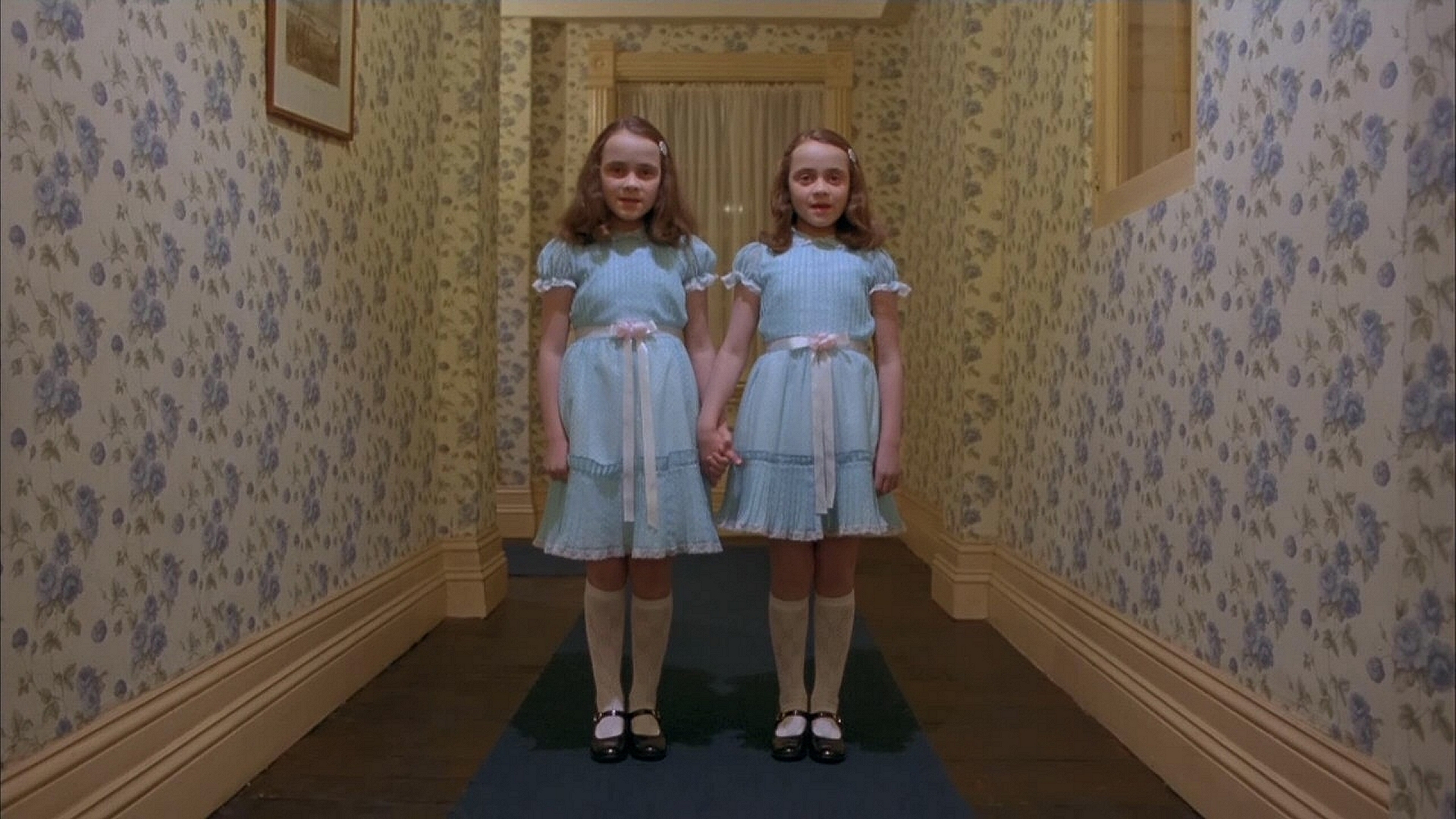As an empathetic portrait of contemporary Bedouin life, Elite Zexer‘s Sand Storm is a standout success, immersing us in the push and pull of tradition and modernity. As a familial melodrama, and a complicated narrative without villains, it’s even better. Fans of both should give it a look: think Asghar Farhadi in Southern Palestine, and you’re pretty close.
Zexer’s film — which won the Grand Jury Prize at Sundance and was Israel’s submission to the Academy Awards — focuses on three primary characters. Jalila (Ruba Blal) is the long-suffering spouse and mother who we meet in the unenviable position of preparing the house for her husband’s second marriage. That husband is Suliman (Hitham Omari), a relatively modern and forward-thinking patriarch who still feels his public actions must be guided by tribal norms. Their daughter Layla (Lamis Ammar) completes the central triangle, her desires butting up against old-world rigor and obligation to her younger sisters.

This telling runs the risk of making Sand Storm sound more schematic than it actually is. Zexer places the three in a clearly delineated conflict, but, like Farhadi, imbues all the characters with psychological depth. These feel like real people, inhabiting a world Sand Storm depicts with nuance and admiration — and like real people, we understand their motivations and the strictures that bound their choices. As in all great melodrama, there’s an inevitability to the story’s unfolding. They are free to act in the world, but not free to choose the conditions in which they act.

The characters of Jalila and Layla are especially well-drawn, with Blal movingly portraying both her fierce commitment to her daughters and her desire that they have more choices than she ever could, and Ammar presenting her Layla as a young woman grappling with the possibilities of autonomy and the pull of home. But Suliman is no monster, either. In the world of Sand Storm, there are none. There are just complicated people playing out the hands they’ve been dealt. Zexer adamantly refuses to judge.

Awash in vibrant colors against the desert landscape, and attuned to the small contradictions of Bedouin life (the incongruous cell phone at a traditional wedding, the rolling suitcase and travel bags stacked on top of an old car, surrounded by technologies that seem not to have changed in 200 years), Sand Storm is a lovely, humane vision of essentially moral people caught between worlds. I look forward to whatever Zexer does next.
Quick Links

P.T. Anderson’s panoramic depiction of the rise and fall of a porn star might be his masterpiece. I know, I know: there are quite a few other contenders. But Boogie Nights manages to be exhilarating, hilarious, and deeply sad, anchored by its stellar cast and Anderson’s trademark auteurist tics. The late Philip Seymour Hoffman might have his single greatest moment here, of a uniquely great career, and the Scorsese homages come fast and furious. It’s a hell of a lot of fun, except for the parts where it isn’t, and it coheres in ways that some of PTA’s stuff never quite manages.

As long as we’re talking auteurs, here’s The Shining, also new to Netflix this month. Stanley Kubrick changed enough of Stephen King’s source material that King felt obliged to shit-talk it, thereby demonstrating that authors should not be in charge of judging adaptations of their darlings. Legitimately terrifying, filled wall-to-creepy-wall with visual motifs and iconic images, it’s a horror classic for a reason. Kubrick’s treatment of Shelley Duvall on set has only become more disturbing thanks to recent revelations, but the film itself remains gorgeous, troubling, and scary as hell.

Not everything should or could be retrofitted as a commentary on Donald Trump’s election, but Cheap Thrills feels awfully of-the-moment all of a sudden. One of the best and most overlooked films of 2013, focused on a down-on-his-luck working class guy and the rich people who offer him money to perform more and more horrific acts for their amusement, E.L. Katz’s morality play is dark, edgy, and mean. It’s also hilarious. These are the times we live in, I guess.

Lastly, another paradoxically not-on-Netflix entry in the series! (Don’t fear; it’s embedded below.) Alice Guy-Blaché, the pioneering early film director, tells a simple story in Falling Leaves, but suffuses it with melancholy and grace. We meet a young woman with tuberculosis, her anxious little sister, and a doctor with a miracle cure. The film’s central metaphor is a doozy: upon overhearing that her older sibling will die when the last of the leaves has fallen, the young Trixie sets out to tie the leaves one by one back on the branch. The understated gentleness of the scene is impossible to deny, or shake off, and you can find its echoes in Kiarostami and splashed throughout the New Wave.
It’s also fairly fascinating to watch Falling Leaves as a statement on home, domesticity, and illness, all themes that have animated more than a few women artists over the years. Guy-Blaché’s camera frames interiors in elegant ways, without the frantic movement of a Griffith or the anxious gag-frenzy of Keaton. Instead, we get a small, wistful story in a recognizable world. It’s worth eight minutes of your day.

